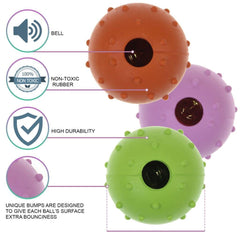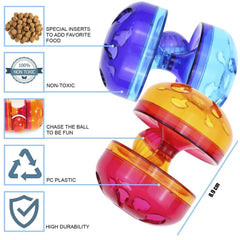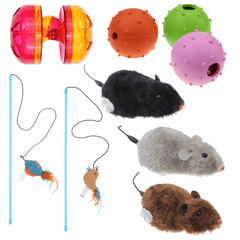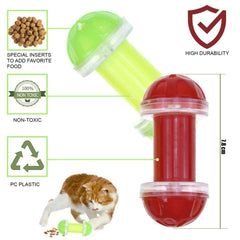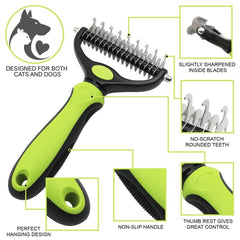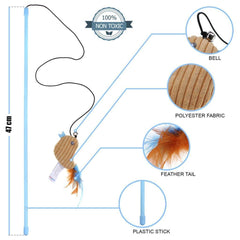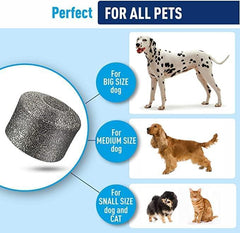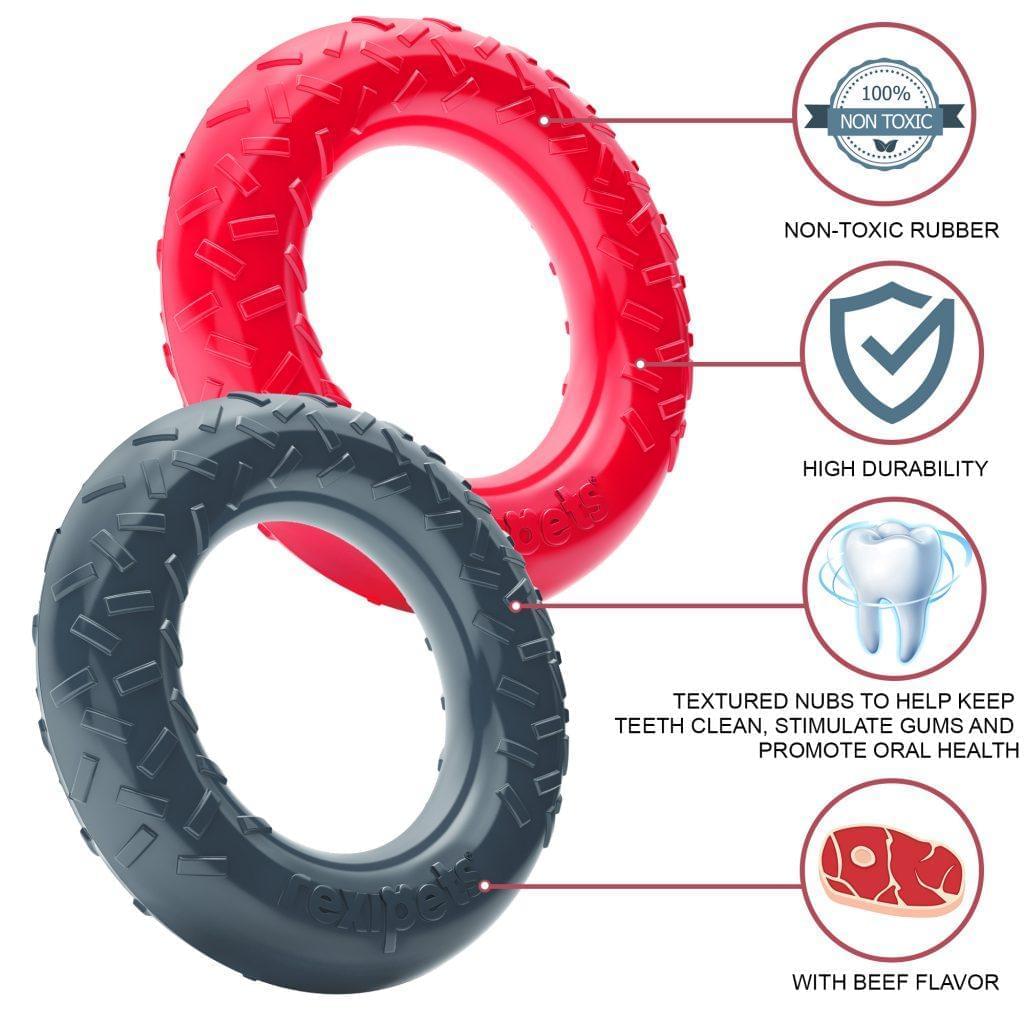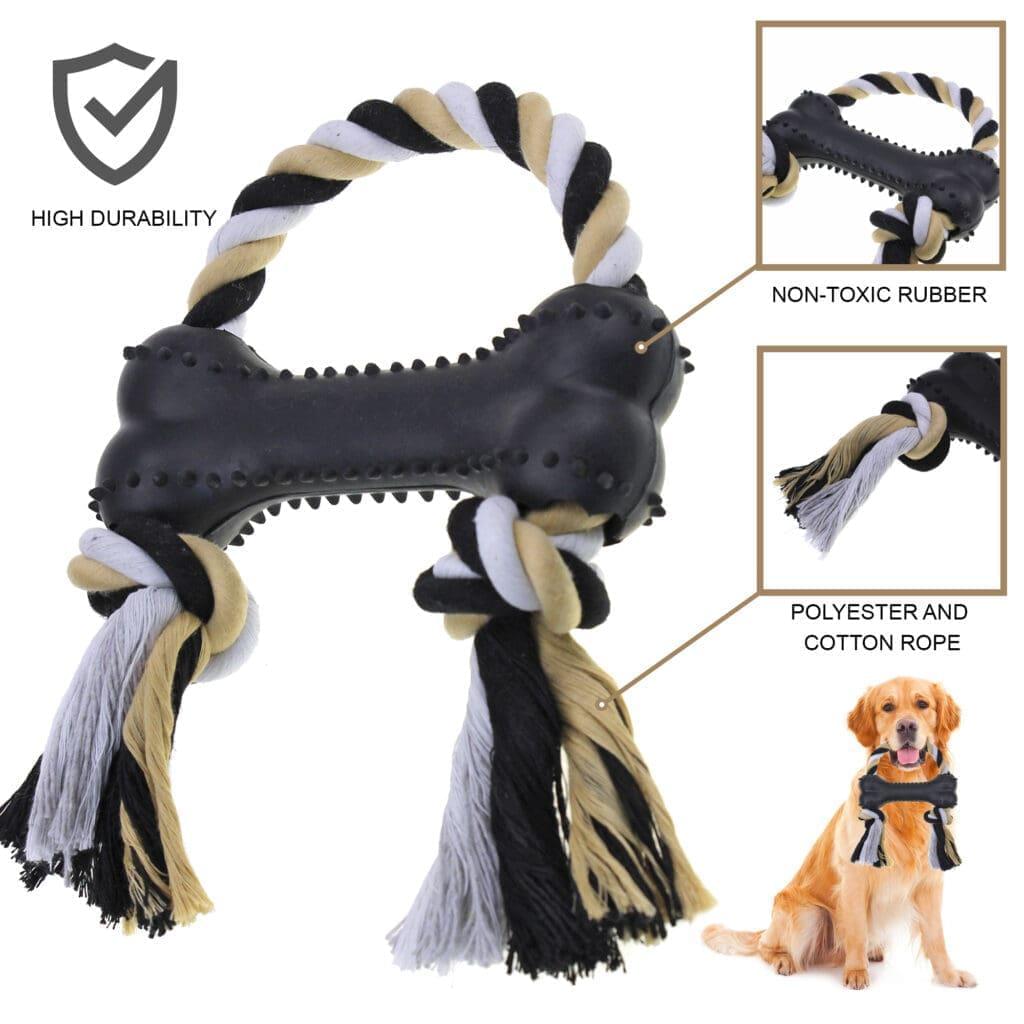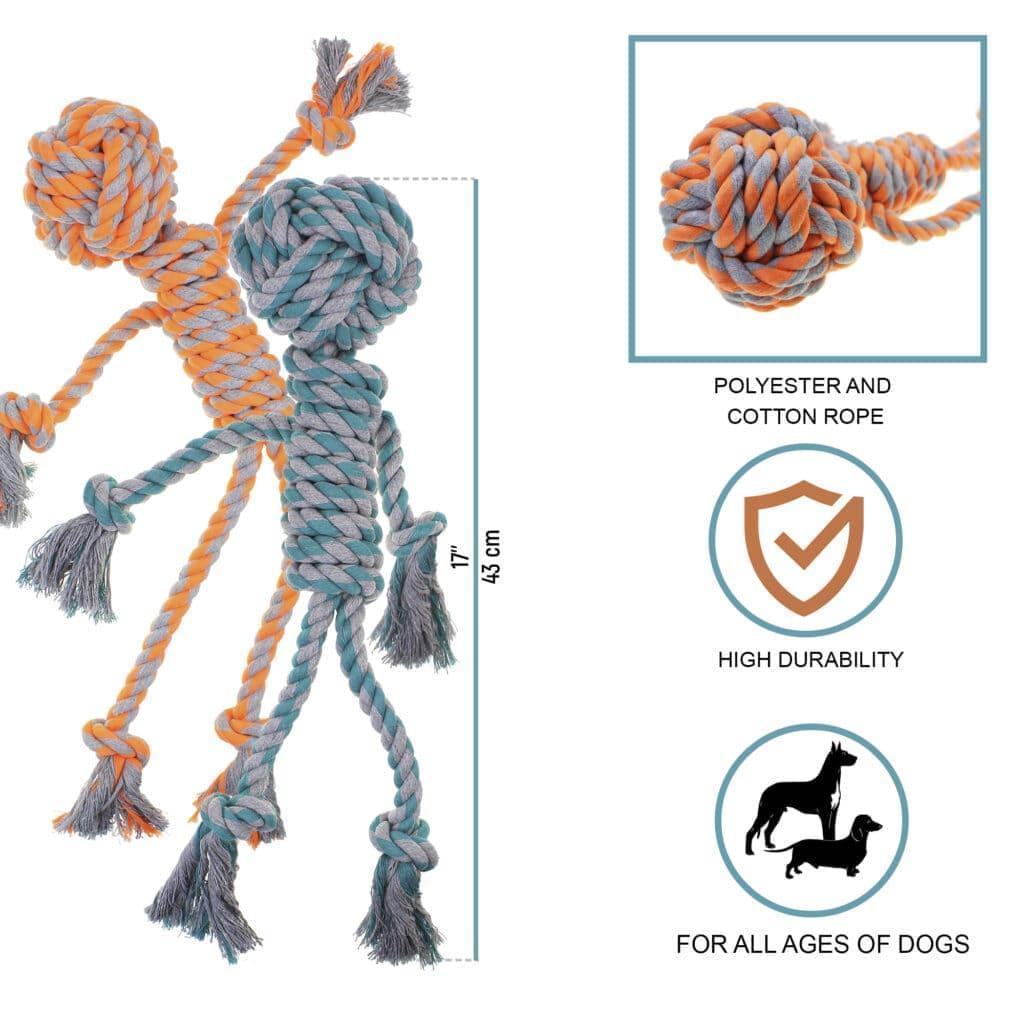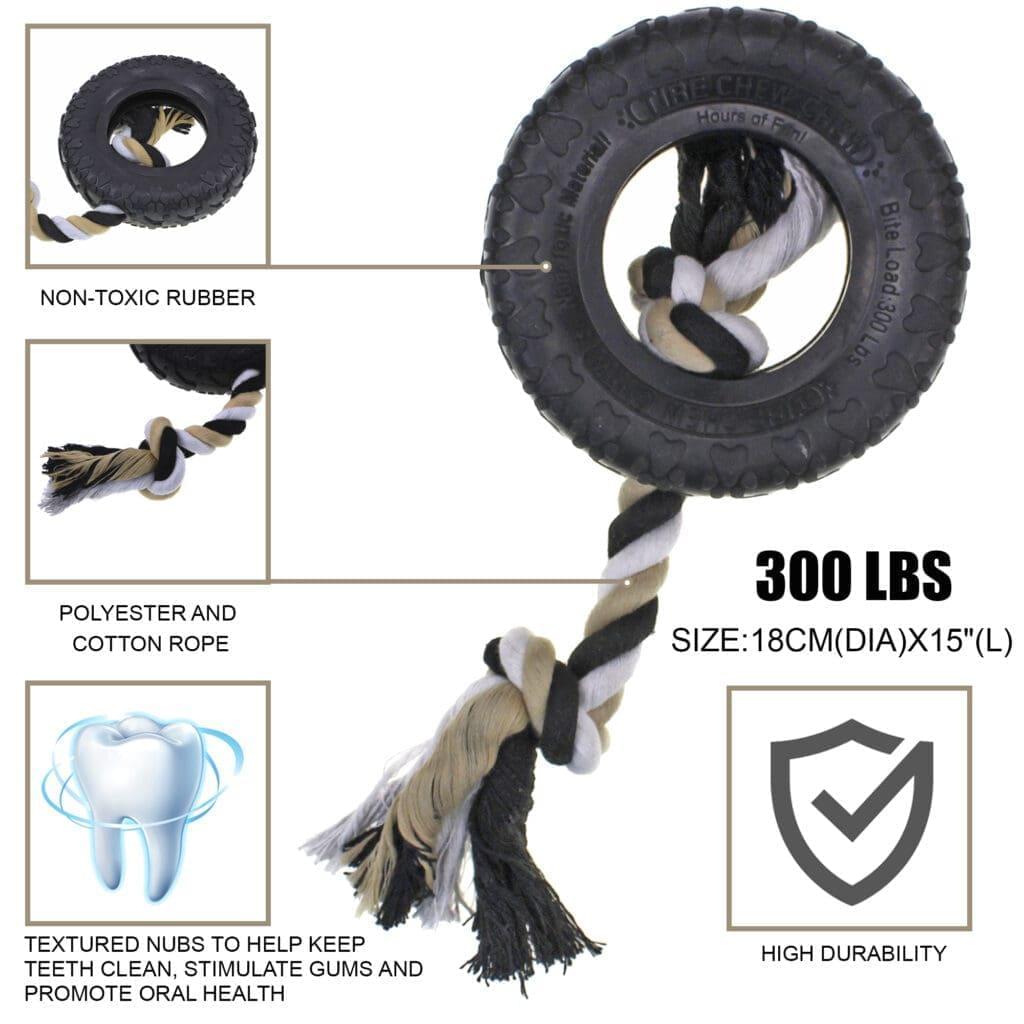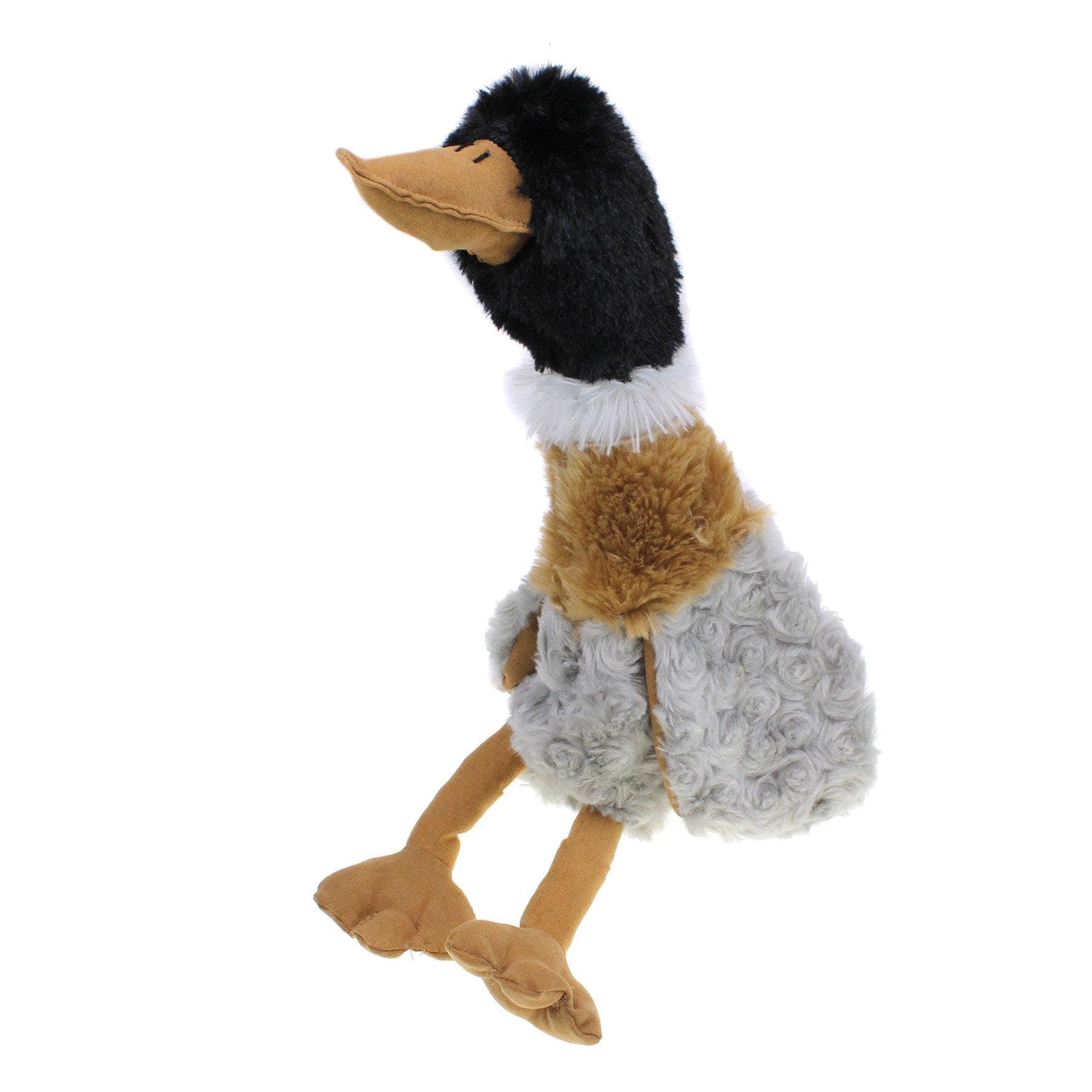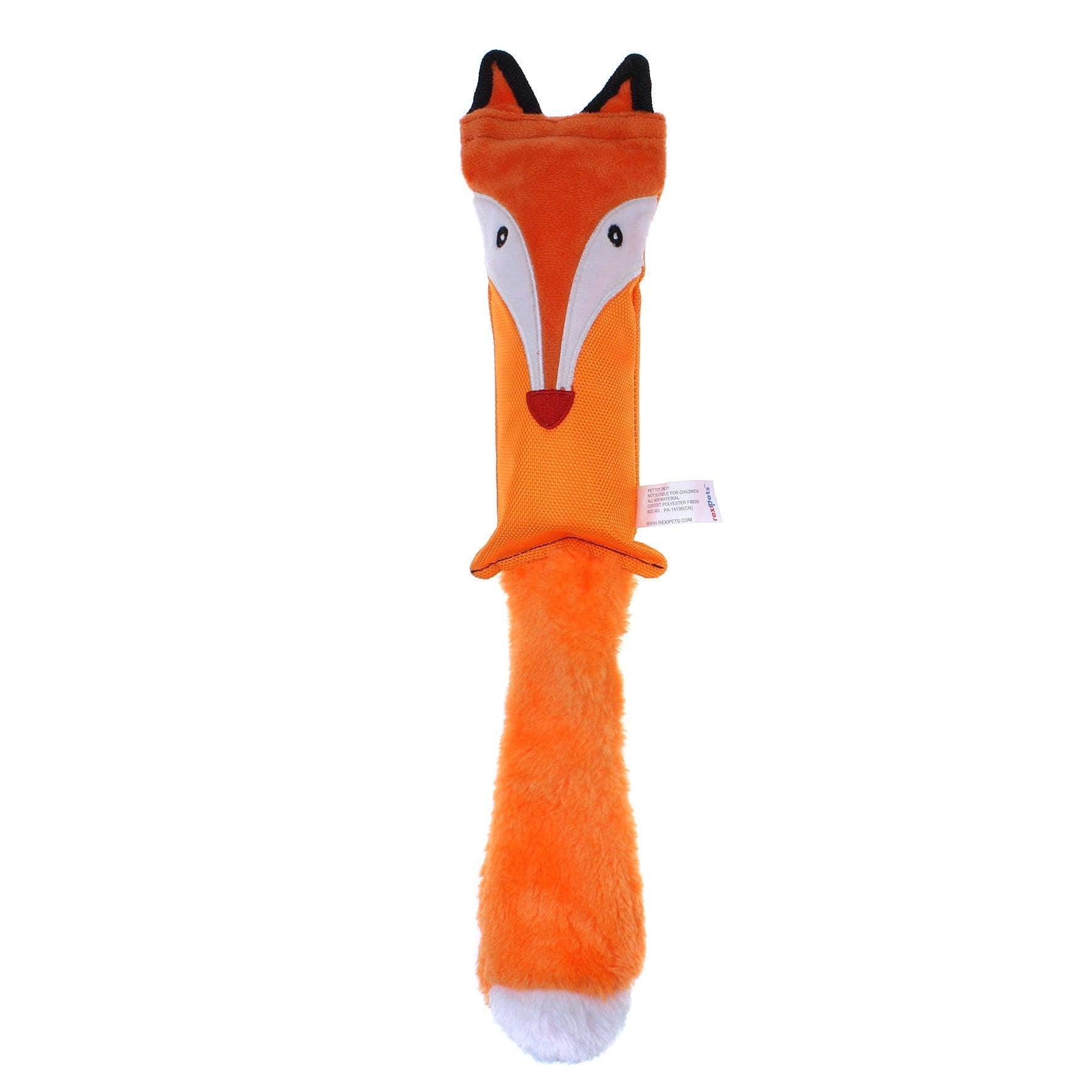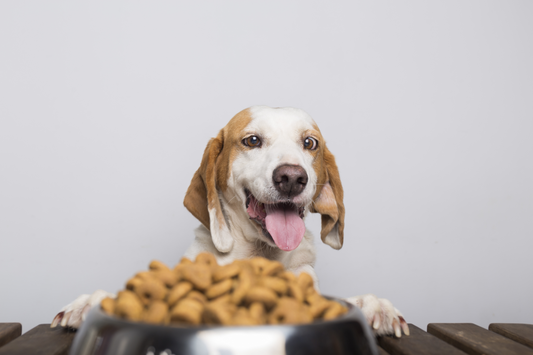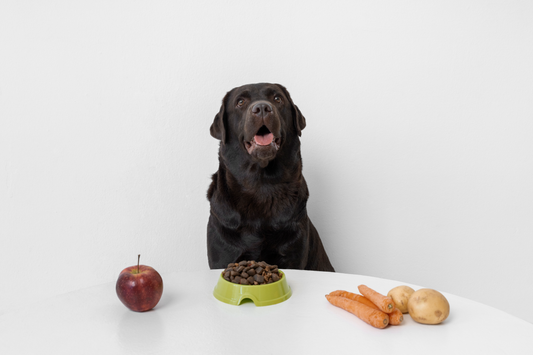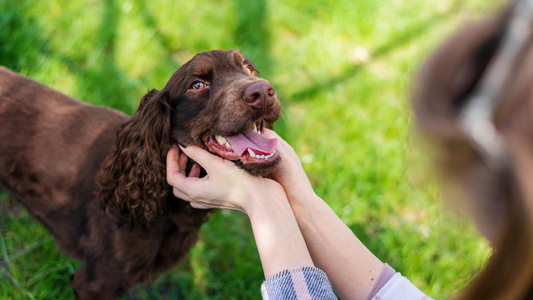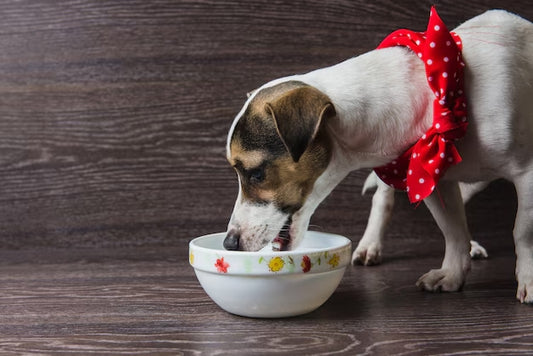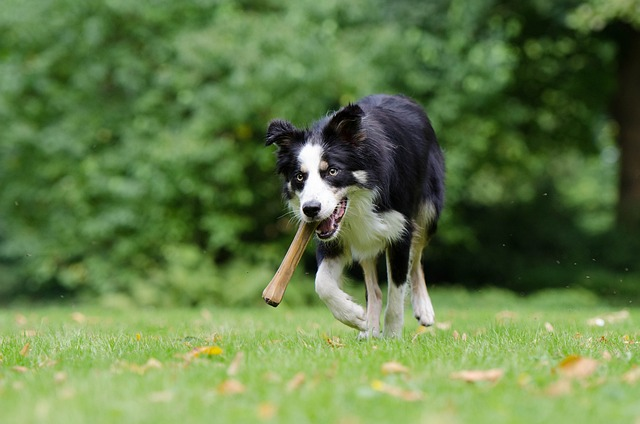
Are you wondering how long your furry friend should chew on a bone? Look no more because we have the answers to all your bone-chewing-related questions.
Whether you want to know how long you should let your dog chew on a bone, what kind of bones are safe for dogs to chew on, or the benefits for dogs chewing on bones, we got you covered.
We will also cover different ways to safely give your dog bones. This will help you avoid accidents.
So, grab a snack and some coffee. Sit back, and we will walk you through a guide on safely giving your dog a bone to chew on.
How Long Should You Let Your Furry Friend Chew On A Bone?

You must be wondering how long you should let your dog chew on a bone. This is a common question. Experts suggest that 15-20 minutes of chewing is enough. All the benefits of dog chewing are reaped during this time, such as discarding dental plaque, absorbing nutrients, and enjoying the experience.
Important Note: However, letting your dog chew on a bone for an extended period can cause the bone to break down, creating a choking hazard, intestinal blockage, or even rectal bleeding if they swallow it.
Therefore, it's crucial to swap the bone for dog toys or treats after 15 to 20 minutes. Remember, it is important to choose safe toys for your dog.
Another potential problem from excessive bone chewing is an excess of calcium in the dog's gut, mainly when they ingest too much bone matter. Excess calcium can also lead to other health problems, particularly for puppies. It can cause skeletal and constipation issues in growing dogs.
When you remove the bone, remember to swap it with something your dog likes, such as a puzzle toy or treat. This can prevent them from becoming anxious or developing food aggression.
Types of Bones that are Safe for Dogs to Chew On
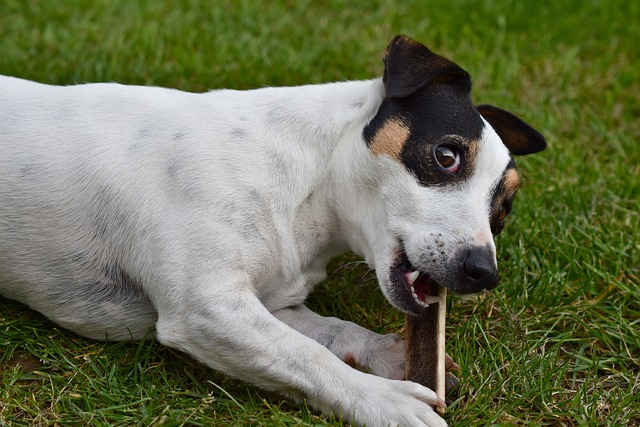
Before answering any of your questions related to bones, let's briefly talk about the kind of bones that are safe for dogs to chew on.
It's crucial to understand that risks still exist even when selecting supposedly safer bones.
Therefore, as a responsible pet parent, assessing your dog's size, age, and chewing style is essential. Then decide which type of bone best suits them.
Suppose you need to check whether a particular bone or bones, in general, are a suitable chew for your furry friend. In that case, it's recommended to introduce them slowly, preferably in short intervals, while closely supervising their behavior.
Here it is essential to remember that dog bones can not replace your dog's regular meals but can serve as a complementary treat after dinner.
Here are some suggested bone options that are safe to chew on -
1) Raw Meat Bones
According to some vets, raw meat bones are a healthier and safer alternative to other types of bones for dogs. Raw bones are less likely to splinter than cooked bones.
Various types of raw bones like poultry bones, marrow bones, turkey bones, lamb bones, beef bones, pig bones, or oxtail can provide a safe chewing experience for dogs. Also, raw bones are a natural source of essential nutrients like calcium and phosphorus, which can improve your pet's overall health.
However, there are certain drawbacks you should be aware of when it comes to raw bones.
One of the significant concerns is the presence of harmful bacteria in raw meat, which can cause infections in dogs. Therefore, it's essential to properly clean the raw bone before giving it to your pet.
Additionally, raw bones can spoil in just a few days, so monitoring their freshness carefully is crucial.
Lastly, raw bones can be quite messy when chewed compared to cooked bones. And it will send you on a cleaning spree if you leave your dog with it for too long.
2) Rubber bones
Rubber bones are synthetic dog chew toys designed for dogs who love to chew. They are made of durable rubber material that can withstand your dog's vigorous chewing, prevent splintering or breaking, and is also safe for your dog to chew on.
Rubber bones come in different shapes and sizes. You can get the most appropriate one for your dog according to their breed, age, and size.
Many rubber bones also come with added textures and ridges. These can help clean your dog's teeth and massage their gums while they chew. Some rubber bones may also have hollow centers filled with treats or peanut butter, thus, providing your pet with a fun and interactive chewing experience.
3) Rawhide chews
Rawhide bones are made from the inner layer of cow or horse hides. The hides are processed, which includes cleaning, cutting, and shaping into rawhide bones of various sizes and shapes. These can be fun and long-lasting chewing experiences for dogs.
Rawhide bones may come in different flavors. Some manufacturers add natural ingredients like chicken or beef broth to make them more appealing to dogs.
However, it's essential to check the ingredients for allergies and ensure they are safe and non-toxic for your dog's diet.
Supervising your dog while they chew on rawhide bones is vital. Make sure you choose the right bone size based on your dog's size and chewing habits.
Benefits of Chewing Bones for Dogs
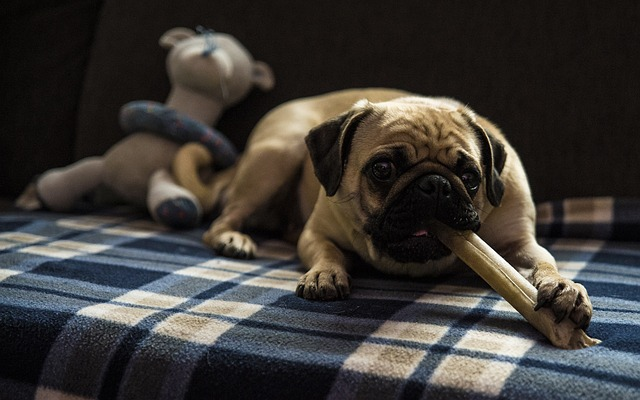
Do you often find your favorite shoe chewed up on the floor? Well, you are not alone. Dogs are natural chewers; both young and old dogs have a natural urge to chew on things.
Puppies and younger dogs tend to chew on things more often as they are teething and need to alleviate the discomfort that comes with it. BTW it is very important to understand when can puppies chew on bones, so please pay attention to it. However, even as they mature, dog chewing continues out of habit or boredom.
There are a bunch of health benefits of dog chew bones. Let's find out what those are:
1) Keep teeth healthy
Dogs need hard chew toys or marrow bones for good dental health. Chewing on hard surfaces, such as marrow bone, helps scrape away the plaque that builds up on their teeth. This can cause bad breath and severe dental issues in your dog's mouth.
Plaque begins to harden on a dog's teeth when it mixes with their saliva's natural salt in under 24 hours.
This can lead to tartar, which can eventually cause periodontal disease. It is a painful condition that can result in tooth loss and even cause damage to other organs in the body, thus making it essential to prevent this disease from occurring.
So, if your dog chews on a hard bone, it can stop tartar buildup and decrease the risk of your dog developing periodontal disease.
It's important to note that not all types of dog chew bones are safe. Supervision is necessary to ensure that your dog doesn't accidentally swallow small pieces or choke or, worse, swallow and later suffer from intestinal blockage.
2) Stress and boredom
Dogs may resort to chewing on objects because of boredom or stress. When your furry friend is left alone for long periods while you go about your day, they can become restless. As a result, they seek out activities to entertain themselves, including chewing on household items.
Additionally, dogs can experience stress from various sources, such as separation anxiety or fear of loud noises like thunderstorms, leading to destructive chewing behavior.
This is where the other benefit of chewing bones comes in. Chewing bones keeps your dog occupied and stops them from engaging in destructive behavior.
3) Discouraging destructive chewing
Providing your dog with chew toys or bones such as marrow bones, rib bones, or raw bones can help discourage destructive chewing behaviors. These destructive behaviors include chewing on household items and destroying furniture, clothing, and other personal belongings.
It's essential to start training your puppy from a young age, around six to eight weeks old, to discourage nipping at your fingers or clothing. Also, teach them what they can chew and what they can't chew.
However, dogs have an innate desire to chew. As dog owners, you need to provide them with safe and appropriate items to chew, like poultry bones, marrow bones, raw bones, etc.
You can teach your dog what is acceptable to chew on and what is not through consistent attention and training. Consistency and positive reinforcement are key in training your dog and teaching them what is acceptable behavior and what isn't.
How to Give Bones to Your Dog Safely?
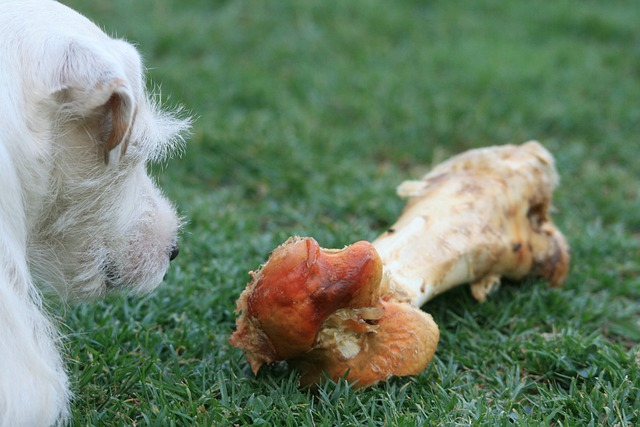
Here are some ways that dog owners can safely give their dog bones:
Choosing the right bones
We have discussed how giving bones to your dog can be a great way to promote healthy teeth and gums. However, it's essential to ensure that you give your dog the right bones to prevent any potential harm or injury.
Important Note: One of the most crucial things to remember when giving bones to your dog is to avoid cooked bones. Such bones can easily splinter and break, causing internal injuries to your dog's mouth and throat. In some cases, these bones may even cause intestinal blockage and even rectal bleeding.
Instead, opt for raw bones or synthetic bones specifically designed for dogs. Raw bones are generally safer because they are softer and less likely to splinter. They also have the added perk of providing a natural source of nutrients, such as calcium and phosphorus, which can help promote healthy teeth and bones.
On the other hand, synthetic bones are made from materials like nylon or rubber. They are designed to be durable and long-lasting. They are also less messy and easier to deal with.
Monitoring your dog
Supervising your dog while it chews on a bone is essential, especially if it's their first time. Dogs can quickly become overexcited or too aggressive while chewing, leading to choking, broken teeth, or other serious injuries. Therefore, you should always supervise them to ensure they are chewing safely and appropriately.
If you find out that your dog is chewing too hard or aggressively, it's best to take the bone away and try again later.
Moreover, if you have multiple dogs, it's essential to separate them while they are chewing on bones to prevent any potential conflicts or accidents.
Get the appropriate size
Size does matter when it comes to selecting bones for your dog.
Choosing the right size bone is crucial to ensure your dog's safety and enjoyment. Giving your furry friend a small bone can cause a choking hazard because your dog may try to swallow it whole or break it into small, sharp pieces that can get stuck in its throat.
On the other hand, a bone that is too large can cause jaw problems or gum disease because it may be too heavy or difficult for your dog's head to handle.
To choose the right bone for your dog:
- Consider their size and chewing habits.
- For small dogs, choose small bones they can easily handle and chew on without swallowing whole.
- For larger dogs, choose larger bones that can withstand their strong jaws and teeth.
Final Words!

We hope this article answered your question - how long should a dog chew on a bone? It is essential to know everything about bone chewing. You should know the benefits of bone treats and how to choose the appropriate ones. Plus, you should also know how long you should let your dog chew on them before you introduce dog bones into your dog's life.
It is essential to make informed and well-researched decisions as a dog parent. Since you have read to the end of this blog, you are ready to give your dog the appropriate chewing bone.
FAQ
What types of bones are safe to chew on?
Raw, rawhide, and rubber bones are generally safe for dogs to chew on. There are also safe chew toys available in the market.
When should I take away the bone from my dog?
You should take away your dog's bone ideally after 15 to 20 minutes of chewing to prevent potential health problems. Additionally, if the bone becomes too small, it's best to take it away to prevent it from causing choking or bowel obstruction. Moreover, look for signs of aggression and distress, as that is not good for your dog's health.
